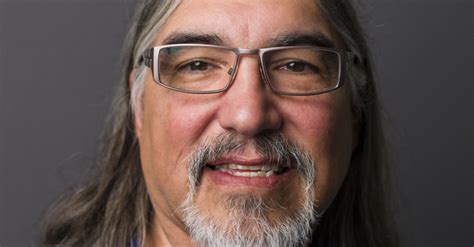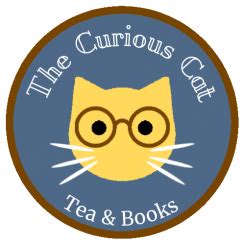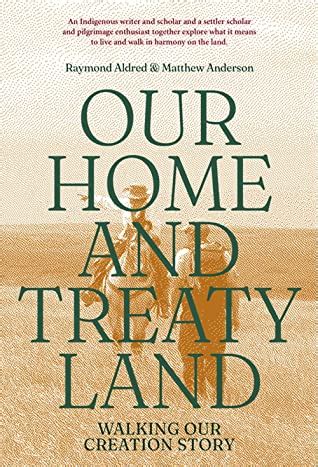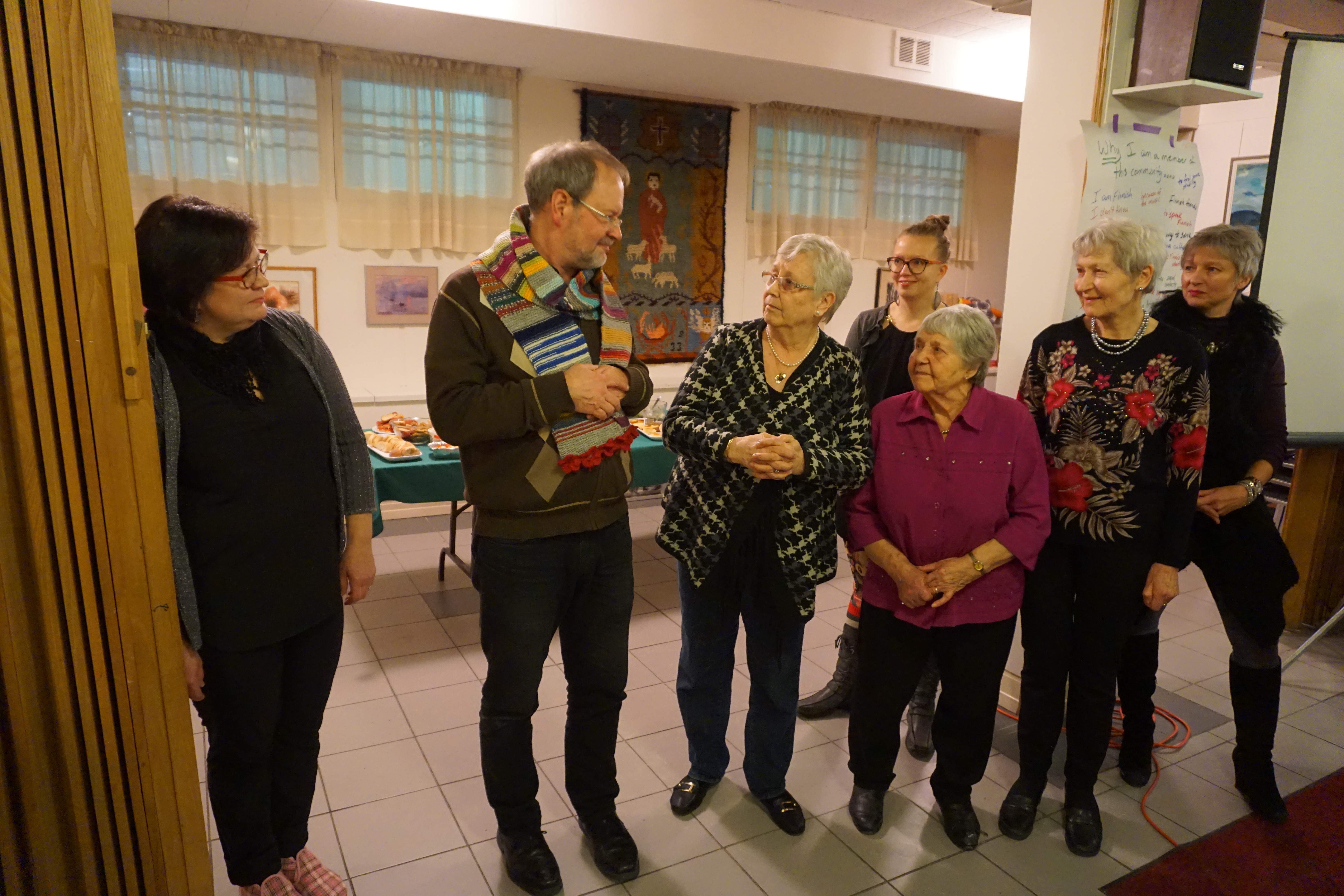I was delighted to discover, recently, a review of the book Dr Ray Aldred (Vancouver School of Theology) and I put out last year, “Our Home and Treaty Land.” The review is on the blogsite of “Dim Lamp” (Garth Wehrfritz-Hanson). Garth did a great job of summarizing and encapsulating the book. It was a delight to read, and I know Ray (below) will enjoy the review as well.

In fact, it’s interesting how sometimes, what a reviewer pulls out reminds you, as a writer, of what you were trying to accomplish. That’s really gratifying, and I’m thankful to Dim Lamp for that!
Professor Aldred in his Preface speaks of both Indigenous peoples and settler-descended Canadians living in exile because of colonization. Then he states the purpose of this book: “This book is about “being alive well,” or “journeying well,” for settler-descended Canadians, in relation to us Indigenous people.
p.9 Our Home and Treaty Land
In fact, sometimes as an author, you wonder if folks will get the main point of what you’re writing. Occasionally, a good reviewer will go beyond that, to show the links between subjects you might only allude to. For instance:

It was on walking pilgrimages “…that eventually led (Rev. Dr. Anderson) to meeting, listening to, and learning from Indigenous activists, scholars, artists and friends, including Rev. Dr. Aldred, Richard Kotowich, and Louise Skydancer Halfe (p. 17).” His walking pilgrimages were mostly on Treaty 6 and Treaty 4 lands.
To read the full review, you can go to Dim Lamp’s blog HERE. To order the book, it’s best to visit the website of The Curious Cat Tea and Books, who will happily take your order and mail you a copy! (Better to order from The Curious Cat as Wood Lake will discontinue its book shipping as of June or July 2023).

I’ll leave the last word to “Dim Lamp.” (Again, you can read the full review HERE.):
All settler-descended Canadians would benefit from reading this volume… Highly recommended!
Garth Wehrfritz-Hanson


